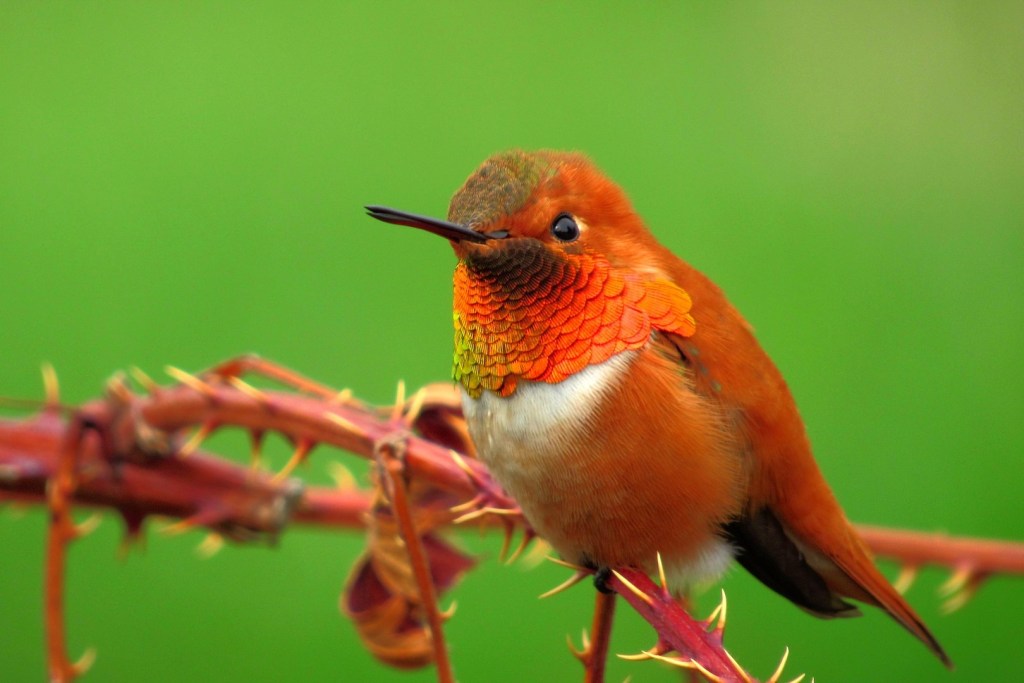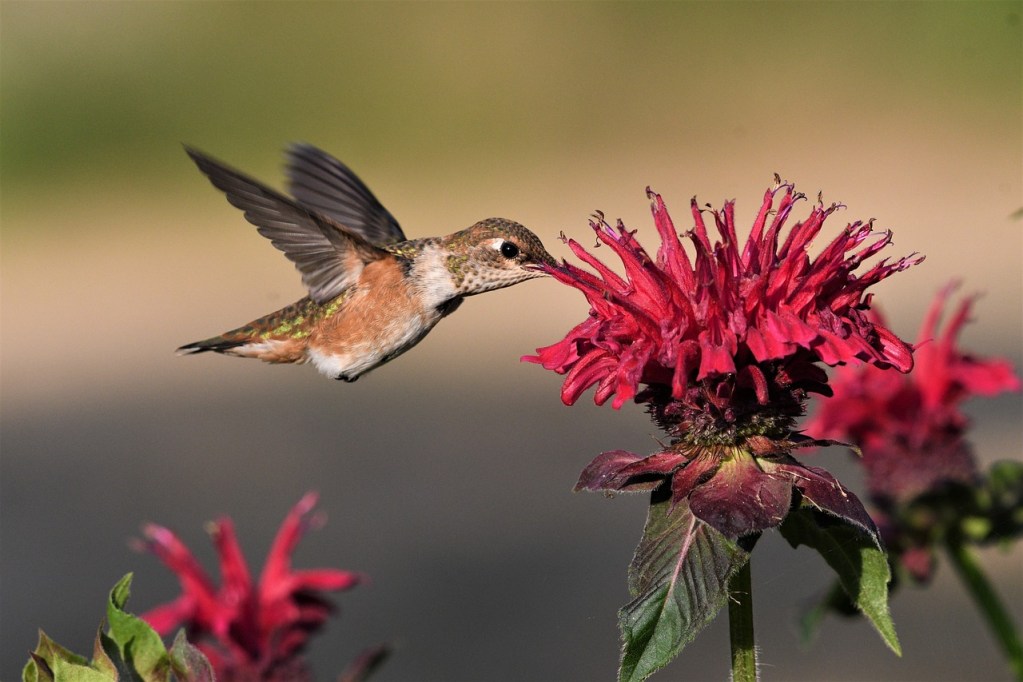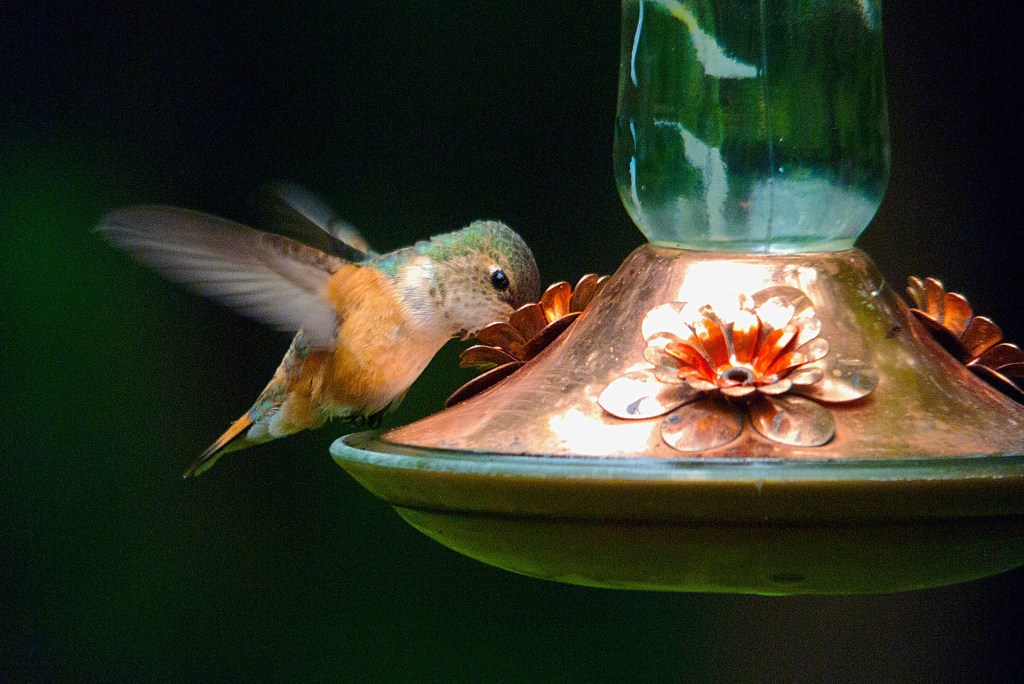
If you’re a fan of birds, you’ve probably heard of rufous hummingbirds. These little birds are incredibly beautiful, with copper feathers that sometimes appear to glow in sunlight. It’s no wonder so many people put out hummingbird food and plant flowers just to attract them. If you’d like to see these stunning birds in your garden, here’s what you need to know.

Where can you expect to see rufous hummingbirds?
Unfortunately, rufous hummingbirds aren’t found everywhere. If you live on the East Coast, you’ll have better luck attracting ruby-throated hummingbirds. However, rufous hummingbirds are migratory, and they cover a fairly wide range.
During winter, they live in Mexico and along the Gulf Coast. In early spring, they migrate to their breeding grounds in the Northwest, including parts of Washington state, Canada, and even southern Alaska. During their migration, they pass through the central and western parts of the U.S.
They don’t travel in groups, which makes it difficult to predict if you’ll see them or not. The good news is that they are creatures of habit. If you’ve seen them in your garden before, they’re likely to return, especially if you keep putting out food!

Flowers rufous hummingbirds love
Like most hummingbirds, rufous hummingbirds eat nectar from flowers as well as insects (so you may want to stop using pesticides during their migration). Tube-shaped flowers are the best for attracting hummingbirds, as their beaks are specially developed to feed from them.
Rufous hummingbirds in particular love brightly colored flowers and seem to favor red ones.
Here are a few of the best flowers to plant if you want to attract rufous hummingbirds:
- Scarlet sage
- Paintbrush
- Gilia
- Penstemon
- Currants
- Larkspur

How to make homemade hummingbird food
Don’t worry if you don’t have room to plant flowers, or if it’s too late in the year for you to start planting. Rufous hummingbirds will eat from hummingbird feeders as well as flowers. Making homemade hummingbird food is quick and easy. You can start now and be ready to feed hungry rufous hummingbirds within the hour!
Here are the simple steps to make food for hummingbirds:
Step 1: Mix 1 part refined white sugar with 4 parts water.
Refined white sugar is the same as regular table sugar. Avoid using other kinds of sugars, as some have added ingredients that aren’t safe for birds.
Step 2: Stir the sugar until it fully dissolves.
To help it dissolve faster, you can heat the sugar and water solution in a pot for 1 to 2 minutes and then let it fully cool down.
Step 3: Fill your hummingbird feeder.
Step 4: Store excess sugar water in the refrigerator.
Step 5: Avoid using dye or colors in the hummingbird feeder.
Extra color can make it easier to see when the feeder is low, but artificial dyes aren’t good for birds.
Step 6: Refill the feeder when it is empty.
Step 7: Empty and clean the feeder twice a week, refilling it with new sugar water afterward.
This prevents mold from growing in the feeder.
Rufous hummingbirds are beautiful, and they’ve got a long way to travel during their migration! Growing flowers or setting out a feeder for them to rest at is an excellent way to help them; plus you get to see their lovely feathers.



